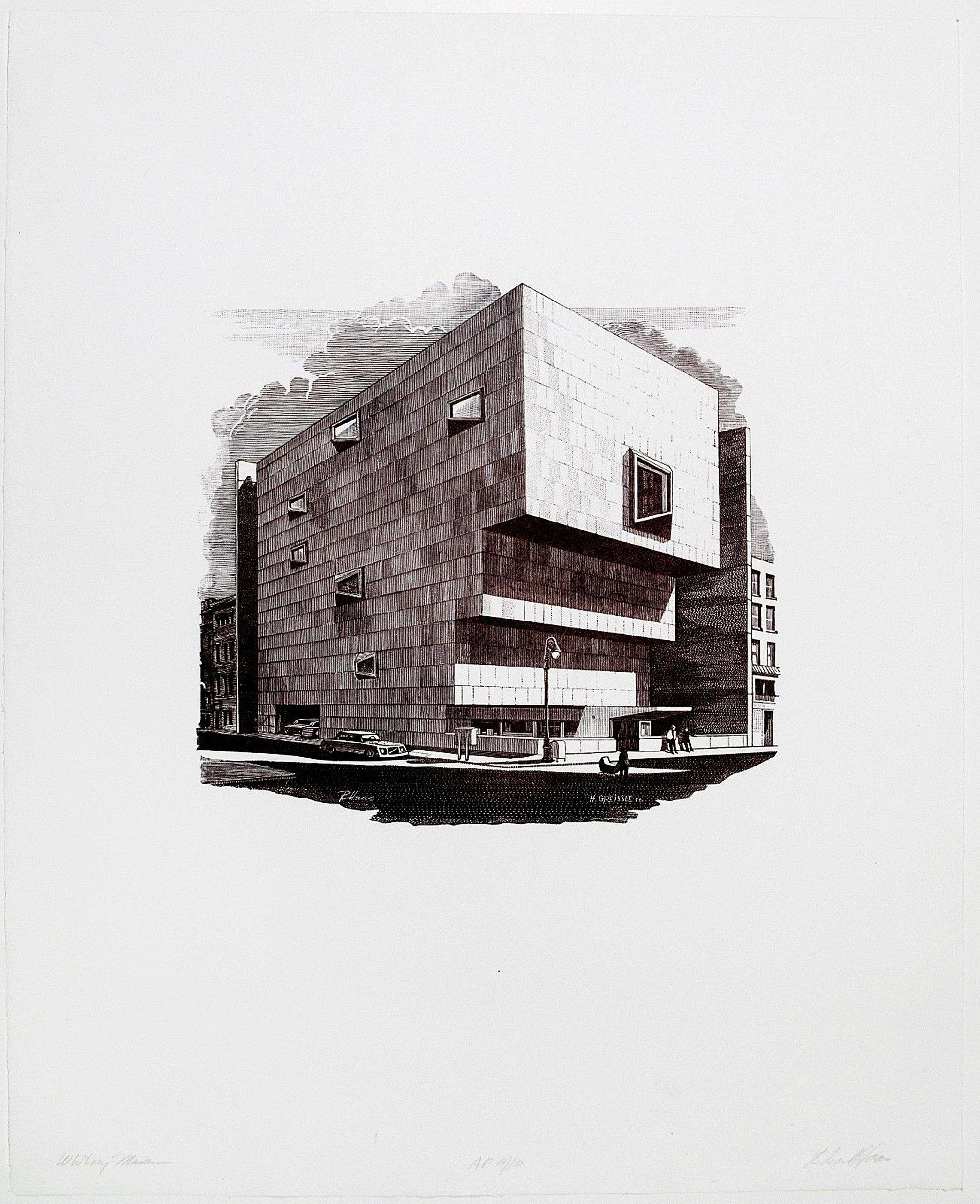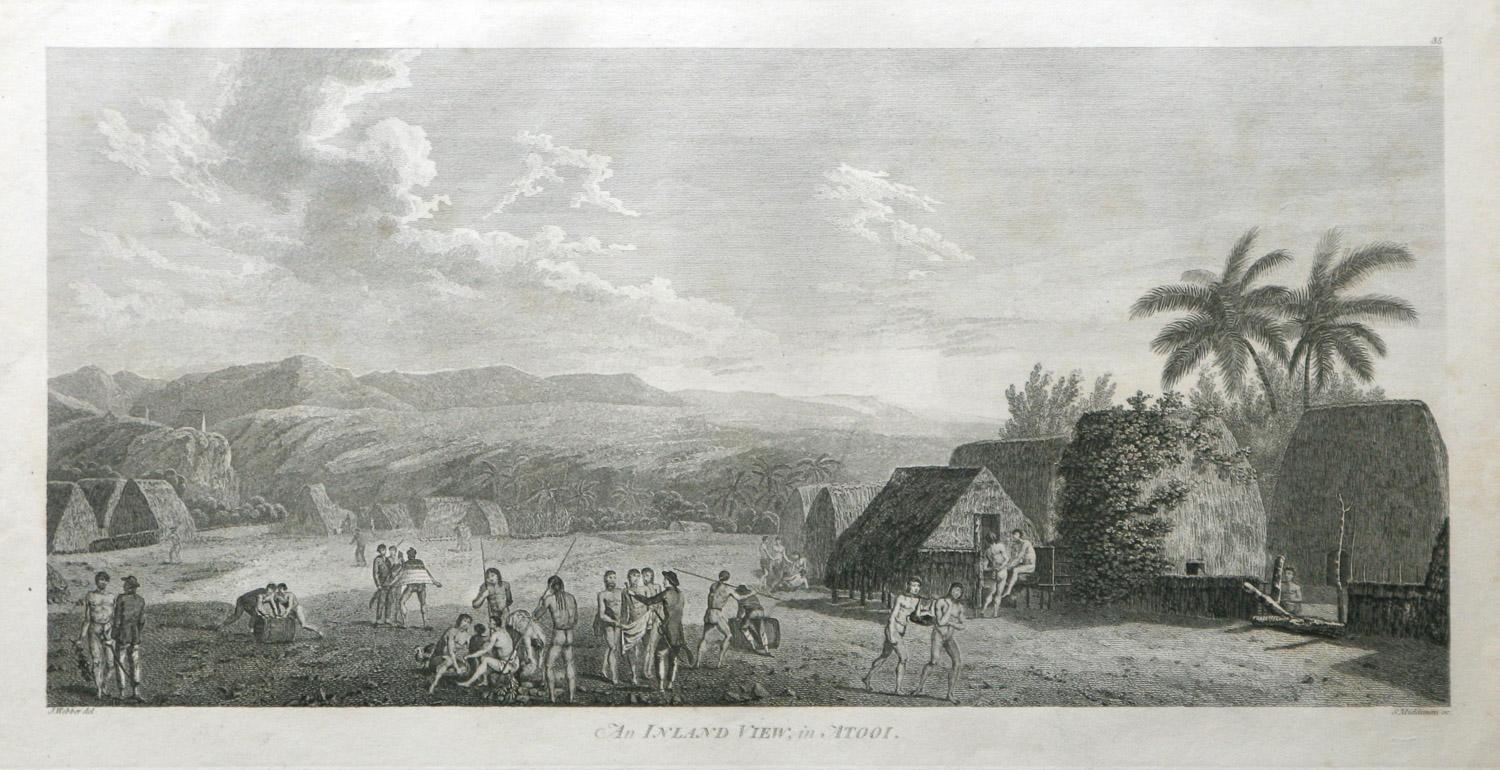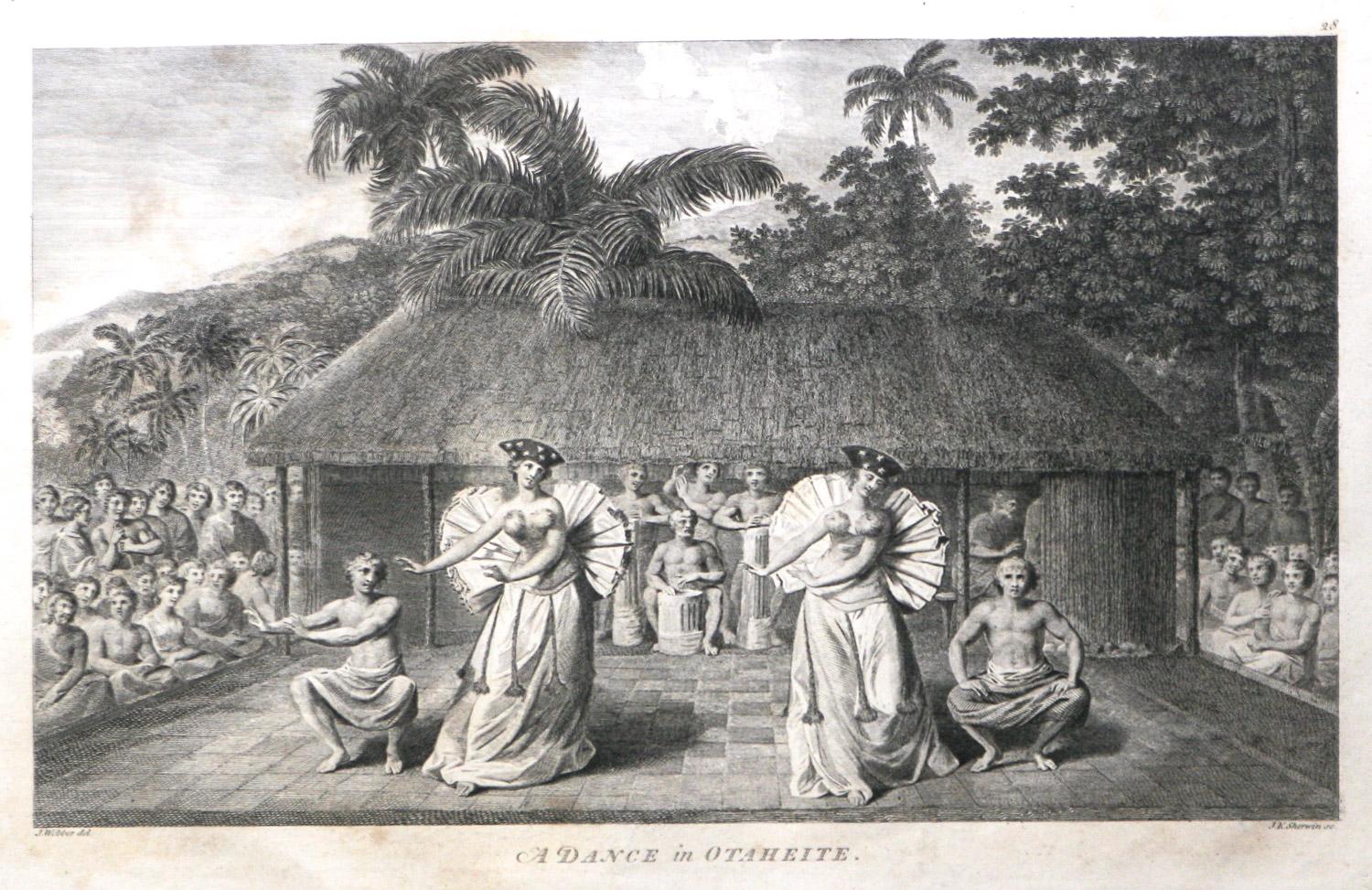Items Similar to 18th C. Italian Architectural Engraving of a Borromini Designed Church in Rome
Want more images or videos?
Request additional images or videos from the seller
1 of 10
Francesco Borromini 18th C. Italian Architectural Engraving of a Borromini Designed Church in Rome1702
1702
About the Item
"Pianta del Finestrone, Prospetto del finestrone con suoi ornamenti nel mezzo della naue maggiore per fianco nella Basilica di S. Gio. in Laterano" is an architectural engraving of an elevation of monumental windows with their associated columns and ornaments above an entrance to the Basilica of S. Gio. In Laterano in Rome, the Cathedral of the Most Holy Savior and of Saints John the Baptist and the Evangelist in the Lateran, also known as the Papal Archbasilica of Saint John in Lateran. It is the church of the Diocese of Rome which serves as the seat of the Roman Pontiff. The print was engraved by Alessandro Specchi (1668-1729), an engraver and architect, after a design by the Italian architect Francesco Borromini (1599-1667). It was published by Domenico de Rossi (1659–1730) as plate 66 in "Studio d'Architettura Civile sopra gli ornamenti di Porte Finestre tratti de alcube Fabbriche insigni de Roma…." in 1702. The three folio volumes of architectural engravings included elevations and frontal views of Baroque palazzi and churches in Rome.
This copperplate engraving is presented in a gold-colored wood frame with a cream-colored French mat highlighted by a beige-colored band and embellished by a gold fillet.
- Creator:Francesco Borromini (1599 - 1667)
- Creation Year:1702
- Dimensions:Height: 30.25 in (76.84 cm)Width: 23 in (58.42 cm)Depth: 1 in (2.54 cm)
- Medium:
- Movement & Style:
- Period:1700-1709
- Condition:
- Gallery Location:Alamo, CA
- Reference Number:
About the Seller
5.0
Vetted Seller
These experienced sellers undergo a comprehensive evaluation by our team of in-house experts.
Established in 2011
1stDibs seller since 2019
233 sales on 1stDibs
Typical response time: 1 hour
- ShippingRetrieving quote...Ships From: Alamo, CA
- Return PolicyA return for this item may be initiated within 7 days of delivery.
More From This SellerView All
- Architectural Engraving of the House of Conseequa, Canton, China by Thomas AllomBy Thomas AllomLocated in Alamo, CA"House of Conseequa, A Chinese Merchant in the Suburbs of Canton, From a Drawing in the possession of Sir Geo. Staunton, Bart." a hand colored engraving by Samuel Bradshaw (1810-1888...Category
1840s Realist Landscape Prints
MaterialsEngraving
- "Marine Chantier de Construction": 18th C. Engraving of Shipbuilding by DiderotBy Denis DiderotLocated in Alamo, CA"Marine Chantier de Construction", plate VIII from the 18th century "Encyclopédie, ou dictionnaire raisonné des sciences, des arts et des métiers" (Encyclopedia, or a Systematic Dict...Category
1750s Realist Landscape Prints
MaterialsEtching, Engraving
- David Roberts' 19th Century Hand Colored Lithograph, "Fortress of Ibrim, Nubia"By David RobertsLocated in Alamo, CA"Approach to the Fortress of Ibrim, Nubia" is a 19th century folio sized hand-colored lithograph from the Egypt and Nubia volume of David Roberts’ large folio edition, published in London by F. G. Moon in 1847. The lithographs were prepared by Louis Haghe (1806-1885) from drawings and paintings by Roberts. The resultant large folio editions of 'The Holy Land' and 'Egypt & Nubia' are considered the greatest lithographically illustrated works issued in the 19th century. The print is presented in a gold-colored wood frame with a decorative inner trim, with a cream-colored double mat. It is in excellent condition. The lithograph depicts the Fortress of Ibrim in Nubia in the background, which had been a Roman and an Egyptian fortification for centuries due to its strategic elevation, allowing a view of large portions of the surrounding desert. Men are securing the boat in the foreground for the night, taking down its sails. A herd of cattle drinks and cools themselves in the water on the left. There are four additional listings of David Roberts engravings of Egypt...Category
1840s Realist Landscape Prints
MaterialsLithograph
- Giovanni Piranesi Etching of Ancient Roman Architecture, 18th CenturyBy Giovanni Battista PiranesiLocated in Alamo, CA"Veduta del Sepolcro della Famiglia Plauzia per la Strada Che Conduce da Roma a Tivoli vicino a Ponte Lugano" from "Le Antichità Romane" (Roman Antiquities), one of the most famous works by Piranesi. "Antichita" illustrates the tombs along the Appian Way...Category
Early 18th Century Old Masters Figurative Prints
MaterialsDrypoint, Engraving, Etching
- "Skating on Ladies' Pond Central Park": Winslow Homer 19th C. Woodcut EngravingBy Winslow HomerLocated in Alamo, CAThis Winslow Homer woodcut engraving entitled "Skating on the Ladies' Skating-Pond in Central Park, New York", was published in Harper's Weekly in the January 28, 1860 edition. It depicts a large number of men, women and children skating on a recently opened pond in Central Park. At the time of publication of this engraving, Central Park was in the early stages of construction. This engraving documents the very early appearance of Frederick Law Olmstead and Calvert Vaux's masterpiece of landscape design. According to Olmsted, the park was "of great importance as the first real Park made in this century – a democratic development of the highest significance". The people of New York were very proud of the plans for their park. It was stated at the time: "Our Park, which is progressing very satisfactorily under the management of the Commissioners, will undoubtedly be, one of these days, one of the finest place of the kind in the world...Those who saw the Park before the engineers went to work on it are amazed at the beautiful sites which have been contrived with such unpromising materials; all fair persons believe that the enterprise is managed with honesty and good taste." Skating was rapidly rising in national popularity in part due to the opening of Central Park’s lake to skaters on a Sunday in December 1858 with 300 participants. The following Sunday it attracted ten thousand skaters. By Christmas Day, a reported 50,000 people came to the park, most of them to skate. There were rules governing who could use the skating pond. “The Ladies’ Pond...Category
1870s American Impressionist Landscape Prints
MaterialsWoodcut, Engraving
- Fabricius (Ponte Cestio) Bridge : Framed 18th C. Piranesi Architectural EtchingBy Giovanni Battista PiranesiLocated in Alamo, CAThis framed 18th century etching by Giovanni Battista Piranesi is entitled "Dimostransi nella Tav. presente la Pianta, ed Elevazione del Ponte, oggi detto Quattro Capi egli è antichissimo, e chiamavasi Fabrizio da L. Fabrizio Presid. delle Strade, che lo fabbrico' nel fine della Repubblica. "(The Plan and Elevation of the Bridge, today called Quattro Capi. The architect is very ancient, and was called Fabrizio da L. Fabrizio Presid. delle Strade, who built it at the end of the Republic). This is plate 18 in volume 4 of Piranesi's "Le antichita romane opera di Giambatista Piranesi architetto veneziano" (Roman antiquities by Giambatista Piranesi Venetian architect). It was published in Rome in 1756-1757. This etching depicts the plan and elevation of the bridge now called the Ponte dei Quattoro Capi or Ponte Cestio (Bridge of the Four Heads), which in antiquity was called the Bridge of Fabricius after L. Fabricius, the Superintendant of the Streets who built it at the end of the Republic, around 62 BC. It was also been known in the Middle Ages as ‘Ponte Giudeo’ (Bridge of the Jews). The bridge crossed from the left bank or northeast side of the Tiber River to Tiber Island...Category
1750s Old Masters Landscape Prints
MaterialsEtching
You May Also Like
- The Inside of a Hippah in New Zealand from Captain Cooks TravelsBy John WebberLocated in Paonia, COThe Inside of a Hippah in New Zealand is from the 1784 First Edition Atlas Accompanying Capt. James Cook and King; Third and Final Voyage of Captain James Cook John...Category
1780s Realist Landscape Prints
MaterialsEngraving
- An Inland View; in Atooi ( Hawaii ) 1784 Captain Cook engraving by John WebberBy John WebberLocated in Paonia, COAn Inland View in Atooi ( Hawaii ) is from the 1784 First Edition Atlas Accompanying Capt. James Cook and King; Third and Final Voyage of Captain James Cook. This engraving depicts ...Category
1780s Realist Landscape Prints
MaterialsEngraving
- A Dance in Otaheite (Tahiti) 1784 James Cook Final Voyage by John WebberBy John WebberLocated in Paonia, COA Dance in Otaheite ( Tahiti ) is from the 1784 First Edition Atlas Accompanying Capt. James Cook and King; Third and Final Voyage of Captain James Cook. John Webber (1752-1793) who...Category
1780s Realist Figurative Prints
MaterialsEngraving
- The Body of Tee, a Chief, as preferred after Death, in Otaheite (Tahiti)By John WebberLocated in Paonia, COThe Body of Tee a chief as preferred after Death in Otaheite (Tahiti) is from the 1784 First Edition Atlas Accompanying Capt. James Cook and King; Third and Final Voyage of Capt...Category
1870s Realist Figurative Prints
MaterialsEngraving
- A Human Sacrifice, in a Morai, in Otaheite (Tahiti) 1784 James Cook Final VoyageBy John WebberLocated in Paonia, COA Human Sacrifice in a Morai in Otaheite (Tahiti) 1784 by John Webber is from the First Edition Atlas Accompanying Capt. James Cook and King; Third and Final Voyage of Captain...Category
1780s Realist Figurative Prints
MaterialsEngraving
- COLMAR Signed Wood Engraving, French Village, Little Venice Half-Timbered HousesBy Bernard Brussel-SmithLocated in Union City, NJCOLMAR is an original wood engraving by the American artist Bernard Brussel-Smith, hand printed in yellow, light blue and black ink. COLMAR depicts a quaint French village scene with...Category
1970s Realist Landscape Prints
MaterialsEngraving
Recently Viewed
View AllMore Ways To Browse
Rome Gold
18th C Italian
Saint John
Church Architecture
Roman Rome Antique
Antique Window Designs
Antique Church Architectural Antiques
Baroque Church
Antique Window Architectural Antiques
Antique Windows Architectural Antiques
Used Church Seats
French Architectural Engraving
French Engravings Architecture
18th C Frame Italian
Wood Window Seat
Antique Saint John
Rome Column
Column In Cream





